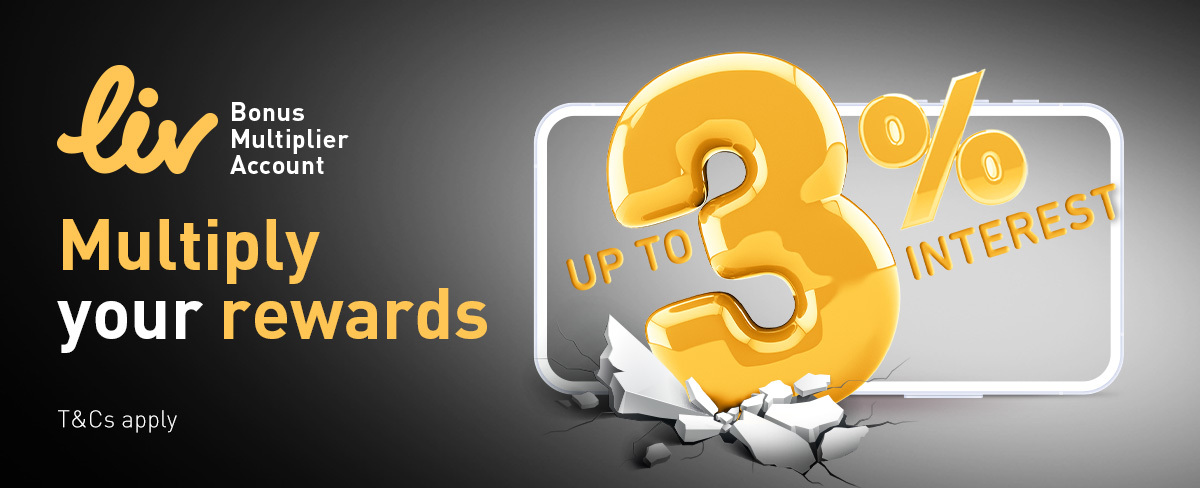Generation Z is at the forefront of a transformative shift in payment preferences, driven by their reliance on smartphones, digital wallets, and opening bank accounts online. This transition from traditional payment methods to modern digital alternatives suggests a potential future where physical debit and credit cards become obsolete. However, the nuances in the behaviors of the youngest banking generation indicate that the death of plastic credit cards might not be imminent. This article explores the factors driving this change, the challenges for traditional card issuers, and the future of payment methods.
Gen Z’s Digital-First Approach to Payments
Generation Z (born 1995-2012), the first U.S. generation considered true “digital natives,” has no memory of a world without smartphones or social media. Growing up with smartphones always within reach, Gen Z uses their devices in ways formerly associated with traditional physical wallets. Thanks to third-party apps, documents such as driver’s licenses, passports, concert tickets, and insurance cards can all be downloaded and stored digitally alongside their bank’s debit and credit cards.
The convenience of consolidating everything in one place reflects the minimalist lifestyle preferences of this generation. Whether hopping on a bus, entering a busy venue, or shopping online or in-store, Gen Z prefers the ease and convenience of completing a transaction with a few taps on their smartphone over rummaging through a wallet or purse.
Moreover, the seamless integration of payments into digital platforms and services that Gen Z relies on daily, such as social media, messaging apps, and e-commerce platforms, further underscores the alignment of their shopping and communication habits with their overall lifestyle preferences.
The Role of Social Media in Payment Choices
Social media platforms significantly influence Gen Z’s preferences and behaviors, including their attitudes toward payment methods. Trends and recommendations spread rapidly through online communities, impacting their choices regarding digital payments versus traditional methods.
The rise of social commerce and influencer marketing has transformed how Gen Z engages with brands and makes purchasing decisions. Platforms like Instagram and TikTok is not only a channel for socializing but also an avenue for discovering and purchasing products. As a result, payment solutions integrated seamlessly with these platforms are more appealing to this demographic.
Furthermore, Gen Z values financial independence, especially as many are just beginning their adult lives, with only 62% of the cohort falling between 18 and 27. This emphasis on managing their money highlights the importance of tracking their expenses. Digital wallets have emerged as powerful tools, allowing consolidation of purchase information and seamlessly integrating with online budgeting tools. Consequently, the convenience and effectiveness of digital wallets further propel their preference for physical cards.
Reimagining Card Issuance for the Digital Age
As digital wallet satisfaction and adoption grow, traditional card issuers face a formidable challenge: how to adapt their strategies to meet the preferences of a generation that lives and breathes digital while still serving those who prefer traditional payment methods.
For some members of Gen Z, the concept of a physical card feels outdated and unnecessary. With their everyday lives revolving around smartphones and various digital platforms, many in this cohort question why issuers continue to provide physical cards at account opening. Best credit card issuers are those who offer a cardless option at the time of acquisition and throughout the cardholder’s lifecycle quickly establish themselves as leaders by signaling a shift toward customer-centric banking.
Innovative Approaches by Industry Leaders
Apple and Revolut are prime examples of organizations recognizing Gen Z’s preferences and revolutionizing traditional card issuance. By prioritizing digital issuance first, these companies have delivered a customer experience that streamlines card management and enhances privacy and security. Apple provides its card automatically, while Revolut offers it on request. Additionally, their choice of premium metal materials for the physical card — titanium for the Apple Card and steel for Revolut metal plan enrollees — elevates them to status symbols, evoking a sense of exclusivity rather than ubiquity.
Moreover, this approach of eschewing plastic and issuing metal has sparked a new trend known as credit card “unboxing.” Influencers on platforms like YouTube showcase their newly acquired metallic physical cards, providing viewers with a firsthand look at the card carrier and sharing initial impressions of the materials and overall product experience. This phenomenon taps into Gen Z’s affinity for innovation and further highlights the influence of social media on shaping their preferences.
The Enduring Appeal of Physical Cards
Despite the growing prevalence of digital payment technology, not all merchants and businesses have fully embraced digital payment systems. As a result, physical cards remain widely accepted and serve as a dependable fallback option when paying with a smartphone or another device is not feasible. Additionally, even Gen Z has lingering concerns about privacy that contribute to the enduring relevance of physical cards.
For many in this cohort, the physical card also provides a tangible representation of their financial status — a badge of sorts. Security is also top of mind for this generation. While digital wallets offer advanced features such as biometric authentication and transaction tokenization, a significant segment of Generation Z remains skeptical about entrusting their personal information to digital platforms. Recent surveys indicate that approximately one in four cohort members express reservations about the security of digital domains.
Furthermore, Gen Z prefers to utilize various payment methods beyond digital wallets, including buy now, pay later services, and peer-to-peer (P2P) payment apps. They even use traditional cash for select purchases. This diverse array of options suggests that physical credit and debit cards will unlikely fade into obsolescence shortly.
Strategies for Engaging Gen Z Consumers
To serve Gen Z better and help them manage their finances effectively, financial institutions can implement several strategies:
Direct Engagement with Gen Z: Financial institutions should seek direct feedback from Gen Z consumers to understand their unique perspectives and needs. Traditional methods of communicating credit concepts may not resonate with this generation, so using clear and relatable language and terms is crucial.
Streamlined Financial Education: Financial education can effectively educate consumers about credit application and usage. Features like pop-up definitions and explanations within banking apps or websites can offer immediate, context-specific insights. This approach helps young consumers understand the implications of their financial decisions as they make them.
Customized Financial Products: Creating credit products that address Gen Z's needs and behaviors can foster better financial management. For instance, offering secured credit cards with straightforward terms can help young adults build credit without falling into debt traps.
Leveraging Digital Channels: Given Gen Z's familiarity with digital platforms, financial institutions should utilize social media and online resources to deliver financial education. Short, engaging videos on platforms like TikTok can provide valuable information in a format that resonates with Gen Z.
Promoting Financial Wellness: Beyond credit products, financial institutions can offer tools and resources to help Gen Z manage their overall financial wellness. Budgeting apps, savings programs, and personalized financial advice can empower young consumers to make informed decisions and build a stable financial future.
Conclusion
As Gen Z continues to navigate the complexities of credit cards and debt, their financial behaviors will have long-term implications for the economy and the financial industry. Understanding this generation's unique challenges and opportunities is essential for developing effective strategies to support their financial well-being.
Financial institutions play a critical role in shaping Gen Z's financial future. By providing tailored education, clear communication, and innovative products, they can help Gen Z build a strong financial foundation and avoid the pitfalls of excessive debt.
In conclusion, Gen Z's credit card usage surge reflects a broader trend of increasing reliance on credit amid economic pressures and inflation. As this generation matures, their financial behaviors and attitudes will continue to evolve. Financial institutions can foster a more financially secure and informed generation by proactively addressing their needs and providing the right support.
(Source:https://thefinancialbrand.com/news/payments-trends/should-banks-give-plastic-cards-to-digital-gen-z-177657/?edigestM2)












